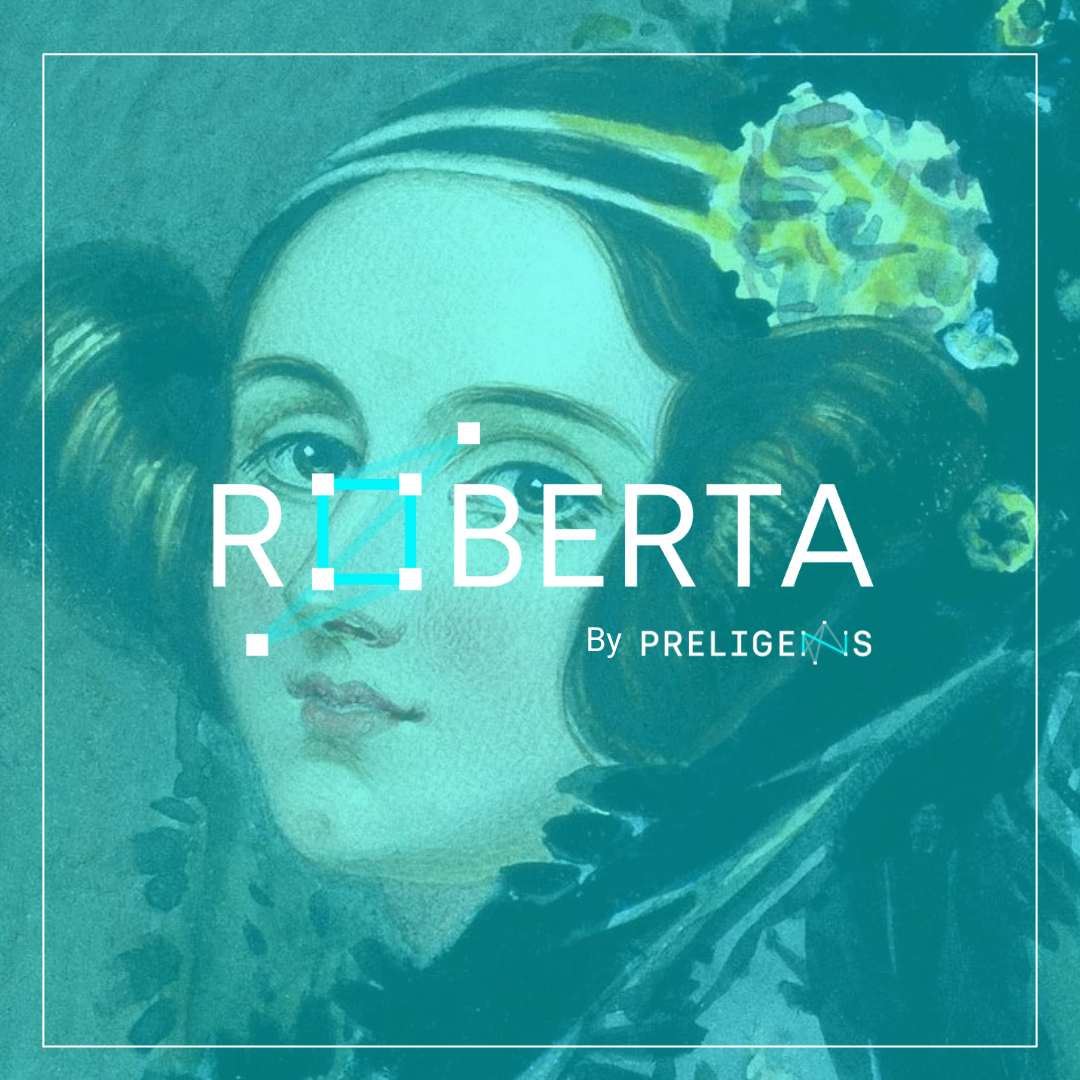Episode #9 Georges Seurat and pointillism, a scientific approach of the visible

Who is he?
Georges Seurat was born in Paris in 1859 to a middle-class family. From the age of 7, he took drawing lessons. At the municipal art school he attended, he met Edmond Aman-Jean, who would remain one of his dearest friends. Ten years later, Seurat entered the École des Beaux-Arts in Paris, in the painting section, and trained in the studio of Henri Lehmann, a former pupil of the very famous Jean-Auguste-Dominique Ingres.
Not a very good student, he suspended his studies and spent a year as a military volunteer in Brest between 1879 and 1880. On his return, he decided with his painter friends, Edmond Aman-Jean and Ernest Laurent, to rent a studio and develop their art. During this period, he devoted himself particularly to the mastery of black and white and to scientific reading.
A scientific artist
Among his readings is Grammaire des arts du dessin (1867) by the critic Charles Blanc. The latter depicted L'Étoile des couleurs, which presents the model of the three primary colours (red, yellow, blue) and the three binary colours (orange, green, purple) obtained by mixing. In this way he wanted to promote a scientific approach to the visible. This rationalisation of painting appealed to Georges Seurat.
He continued his scientific reading with the chemist Michel-Eugène Chevreul who theorised the law of simultaneous contrast in 1839. According to this law, our eye, when it perceives a colour, requires at the same time its complementary colour and, if it is not given, it creates it itself. Thus, when we see a green colour, our eye automatically creates a halo around it with its complementary colour, red.
So that if the painter has placed the colour red next to the green, it appears to our eye to be brighter, even more saturated than it really is.
Conversely, if the painter has placed a colour other than red next to the green, the latter is tarnished, in a way "polluted" by this slight red halo that our eyes automatically create.
Finally, it was a theory by Ogden Rood, dating from 1879, entitled Modern Chromatics, which completed George Seurat's stylistic research. According to Ogden Rood, there is a complex relationship between light radiation and coloured perception.
Colour is not an attribute of objects but a physiological experience.
The development of "pointillist" or "divisionist" art
A great admirer of the Impressionists, Seurat nevertheless intended to position himself as a rival to Monet. In 1884, he completed his first large composition (two by three metres), A Bath in Asnières.
After being refused entry to the official Paris Salon, he set up his own exhibition: the Salon des artistes indépendants, without a jury or prize. Works by the great Paul Cézanne, Henri de Toulouse-Lautrec, Vincent Van Gogh and Edward Munch, to name but a few, were exhibited there. A Bath in Asnières was a great success within the circle of young artists, particularly with the painter Paul Signac and the art critic Félix Fénéon.
Georges Seurat had just developed the pictorial technique of "divisionism", also commonly known as pointillism. This technique consists of juxtaposing small touches of colour on the canvas. Seen up close, the work seems to be composed of disordered dots of colour, but seen as a whole it gives life to more elaborate portraits or scenes. The dots take on their full meaning. This new pointillist art is based on all the colour theories that I mentioned earlier and that Seurat was passionate about.
The computer vision technique known as segmentation is very close in spirit to Seurat's divisionist art. Segmentation automatically divides an image into pixel areas belonging to the same class of objects. Divisionism reveals objects and figures from coloured points, like pixels.
Neo-Impressionism
In 1886, Seurat's second major work, A Sunday at La Grande Jatte (1884), was exhibited at the eighth and final Impressionist painting exhibition. The Impressionists criticised this masterpiece, which broke quite clearly with the principles they defended: the subjective perception of a fleeting reality.
Seurat had struck a blow! He has moved away from the painting of the present moment to give his composition a frozen and timeless character. He gave priority to light over motif.
After painting six masterpieces characterised by his meticulous pointillist technique, Seurat effectively became the rival of Monet and Neo-Impressionism, an alternative to the Impressionist movement.
He died suddenly in 1891, a few months after Vincent Van Gogh. Seurat's neo-impressionism would endure, embodied by his fellow painter Paul Signac.


